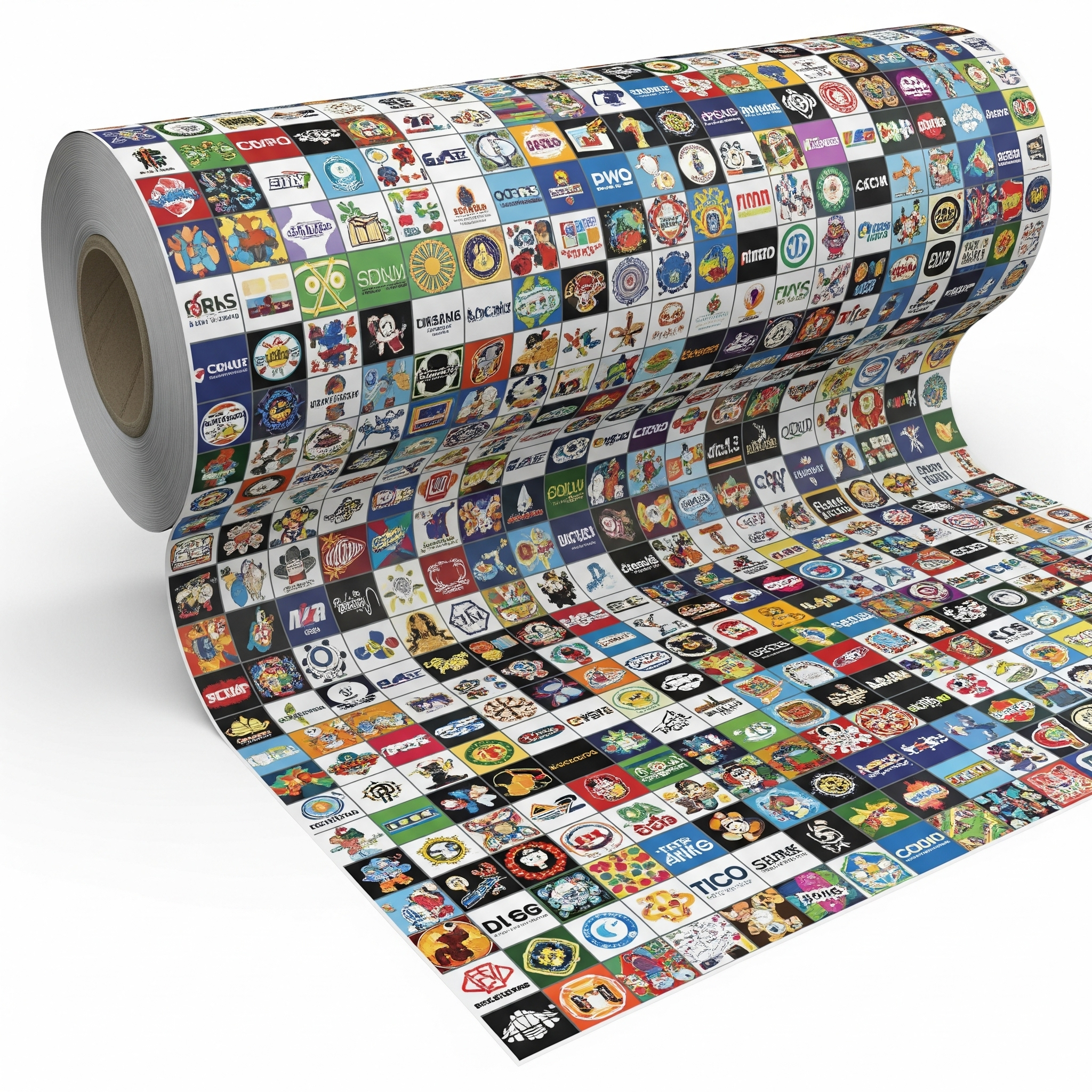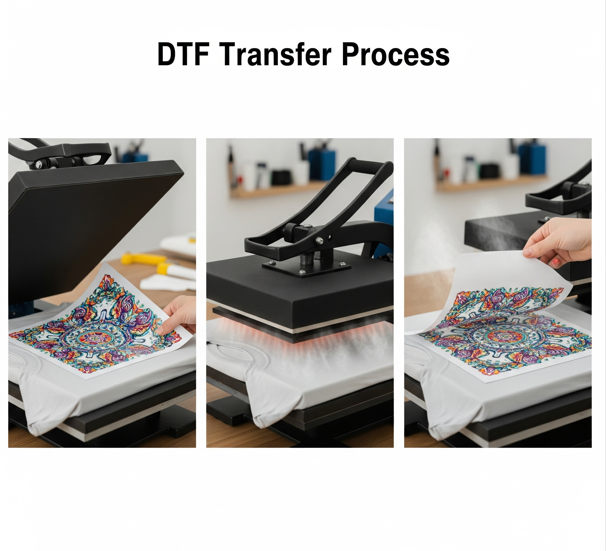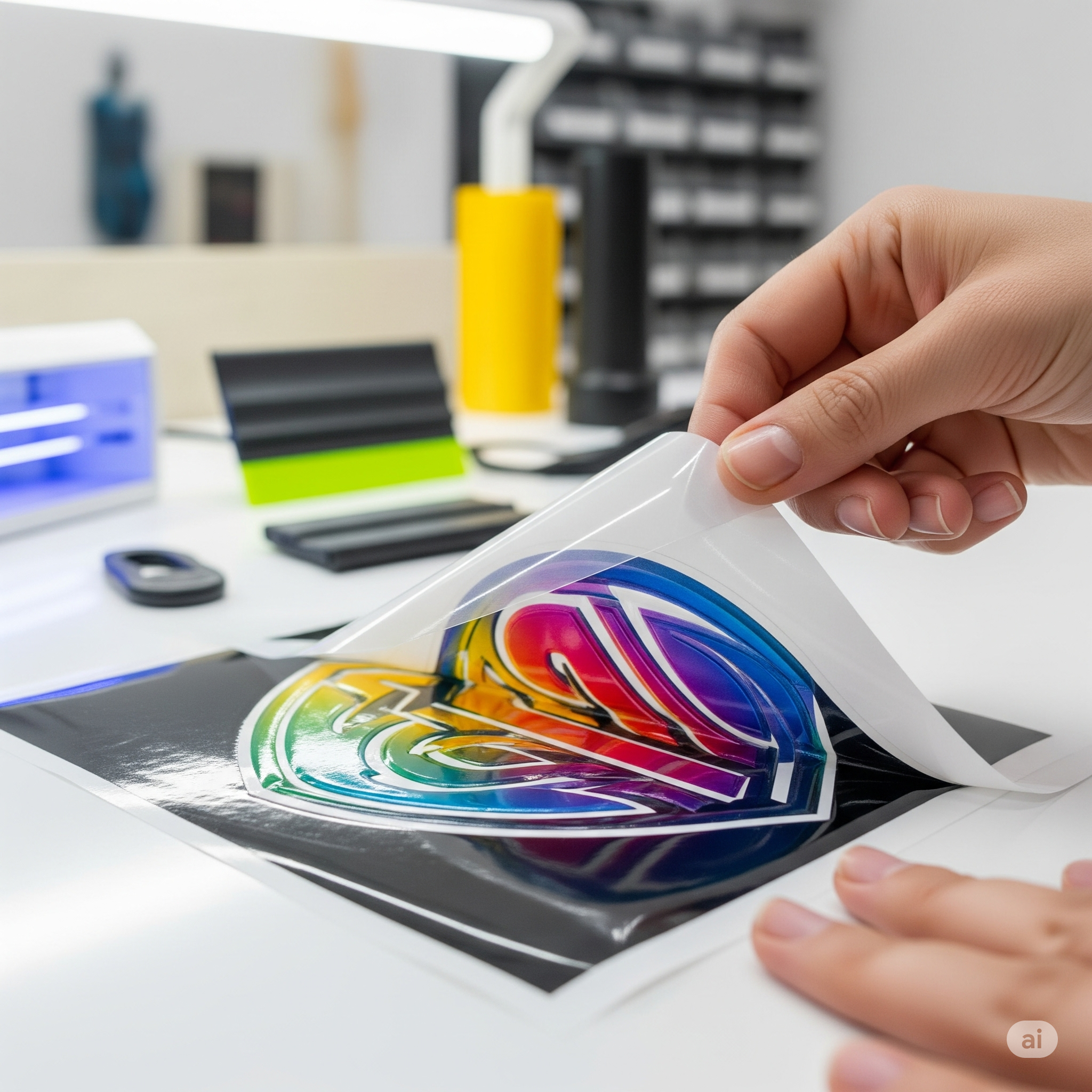
What Are Gang Sheets
What Are Gang Sheets - Comprehensive Guide for Efficient Printing
If you are involved in the printing industry or interested in custom apparel production, you may have come across the term what are gang sheets. Understanding gang sheets is essential for improving production efficiency, reducing costs, and delivering high-quality prints. This guide will explain what gang sheets are, how they work, and why they are important for printing businesses and hobbyists alike.
Large printing sheets are arranged to include multiple designs or graphics together, making the most of the available space. Instead of producing each design separately, different images—or repeated copies of the same one—are grouped on a single, oversized sheet. This approach is often used in film printing, screen printing, heat transfers, and other production methods.
The main goal is to speed up the printing process and reduce material waste. Printing designs in one combined run allows for more output at once, saving both time and production costs.
How Do Gang Sheets Work?
Gang sheets work by organizing multiple designs in a single layout, optimized for the size of the printing machine or transfer film. Printers use specialized software to arrange designs in a way that uses the maximum printable area. This process is called "nesting" or "ganging."
Once the designs are properly arranged, the entire gang sheet is printed as one unit. After printing, the sheet is cut into individual transfers or decals that are applied separately to textiles or other surfaces.
This approach is particularly useful for small to medium runs, where printing individual designs one by one would be time-consuming and expensive.
Advantages of Using Multiple-Design Print Layouts
1. Cost Savings
Combining multiple designs on a single large sheet helps minimize wasted material. This means less transfer film or printing substrate is needed for producing various designs. Additionally, printing several images at once reduces labor time and machine operation costs.
2. Increased Production Speed
Printing many designs together shortens the overall production time. This enables businesses to complete orders faster and manage larger quantities with ease.
3. Greater Flexibility and Variety
This method allows mixing different designs or multiple copies of the same design on one sheet. Such flexibility is perfect for companies offering custom products or handling small batch orders.
4. Simplified Inventory Management
Grouping designs on sheets makes it easier to track quantities and manage inventory. This streamlines order fulfillment and stock control.
- Typical Applications of Multi-Design Sheets
This printing technique is widely applied in areas such as:
-
DTF Printing: Multiple transfer designs arranged efficiently on a single film for optimized print runs.
-
Screen Printing: Several stencil designs positioned on one screen to print multiple graphics simultaneously.
-
Heat Transfer Vinyl (HTV): Cutting various designs from one vinyl sheet saves time and reduces material waste.
-
Sticker and Decal Production: Printing and cutting many stickers together lowers overall costs.
Tips for Effective Creation and Use
To maximize benefits, consider the following steps:
-
Plan Your Layout: Use graphic design or RIP software to arrange designs for optimal space use.
-
Balance Design Sizes: Mix different shapes and sizes to fill the printable area efficiently.
-
Optimize Color Grouping: For screen printing, group similar colors together to reduce ink changes.
-
Perform Test Prints: Check layout accuracy and color fidelity before full production.
-
Cut Carefully: Use precise cutting tools to separate individual pieces cleanly.
Importance in Printing Processes
Utilizing these grouped design sheets makes printing more economical and productive. Businesses benefit by offering competitive pricing without sacrificing quality. For hobbyists and small producers, it makes small batch printing accessible and affordable.
Additionally, this approach supports sustainability by reducing waste and lowering energy consumption during production.
Final Thoughts
Grasping the concept of printing multiple designs on a single sheet is essential for optimizing workflows. It saves time, reduces costs, and enhances overall efficiency. Whether operating a commercial printing business or creating custom apparel at home, this technique improves production quality and output.
Consider incorporating multi-design layouts into your printing process to enjoy these advantages.

